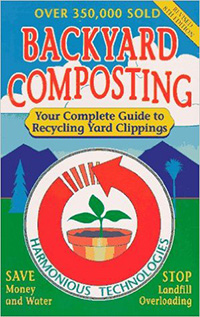
Backyard Composting
This book provides an easy, step-by-step guide to successful composting. Learn how easy it is to start composting, maintain an active, healthy compost, and use the compost you produce.

This book provides an easy, step-by-step guide to successful composting. Learn how easy it is to start composting, maintain an active, healthy compost, and use the compost you produce.
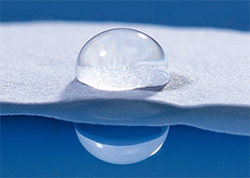
USDA Agricultural Research Service scientists developed a new starch-based film, or coating, that can make paper and other materials more water resistant and biodegradable. The film can potentially be used in food packaging, plastic bags, and other products, reducing the amount of synthetic products clogging landfills.
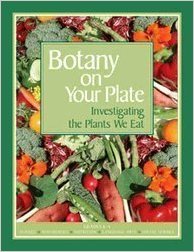
This investigative science curriculum introduces the world of plants to elementary school students through foods we eat. Watch children's understanding of our world grow as they partake in hands-on activities that explore edible roots, stems, leaves, flowers, fruits, and seeds through observation, dissection, journaling, discussion of findings, and, of course, tasting! This book can be used in educators' instruction to support standards in nutrition, math, language arts, and social studies. Every lesson includes plant snacks that spark curiosity, interesting questions, and social dialogue to fuel the learning process.
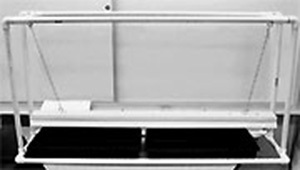
This grow light is easy and affordable to build, allowing teachers to garden in their classroom year round or start plants early for outdoor transplanting. The detailed instructions in this PDF will take you step by step through the process of building this light and includes guidelines for using it in your classroom.
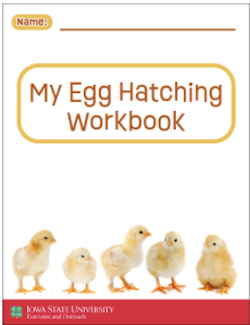
Classroom Hatching is an egg incubation program for youth in Kindergarten through third grade. This program aims to explore the life cycle of poultry and learn about the needs of living things by incubating and hatching chicken eggs. The activities included in the program will help youth understand where food comes from, develop healthy choices, and promote the responsibility of caring for living things. Order a print book or download a free PDF.

During the Depression, cheap, nutritious and filling food was prioritized — often at the expense of taste. Although today the trend is "fresh," food preservation has been historically important. This article can help students see the impact of the Great Depression on American diets.
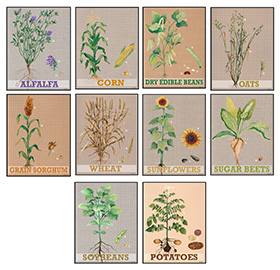
Double-sided cards representing ten agricultural crops. Each card shows the plant in each stage of growth, explains how and when it is planted and harvested and describes its use as feed for animals or food for humans. The cards can be printed from the attached PDF or prints can be ordered from the Nebraska Foundation for Agricultural Awareness.
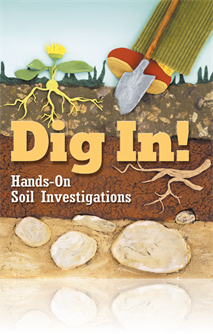
Give students the dirt on soil with a practical book that brings new meaning to the term "hands-on." Using these 12 activities and two original stories as guides, kids will soon be up to their elbows in the study of soil formation, habitats and land use, animals that depend on soil, plants that grow in soil, soil science, and soil conservation. Each teacher-tested lesson plan offers helpful background, assessment methods, and suggestions for further exploration.
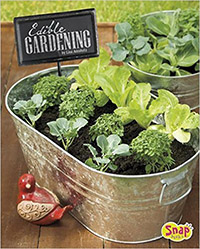
This gardening guide provides fun and creative ideas for growing vegetables, fruits, and more. It lists of everything you need and easy, step-by-step instructions accompany each project. Grow a pepper plant in an upside-down planter or plant a spaghetti garden. Teachers will be inspired to create edible class gardens with their students.
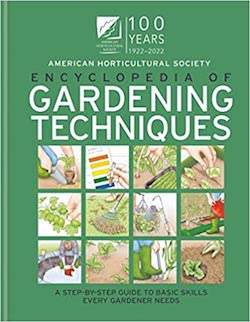
The definitive guide to the best gardening techniques from pruning and propagation and planting to harvesting by the American Horticultural Society. This step-by-step guide contains a vast amount of expert information clearly demonstrating the tried-and-tested techniques honed by the world's leading garden authority. The book covers every aspect of gardening from pruning to sowing, watering to feeding, and propagating to planting. Covering all plants including trees, flowers, shrubs, climbers, lawns, vegetables, fruit and herb, it shows how to create water features and patios, and add lighting. It also includes organic techniques, recycling, and how to treat pests and diseases.
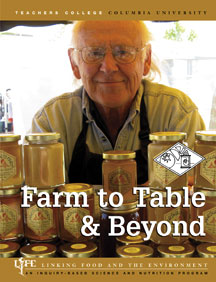
This curriculum unit is designed to teach science through study of the food system. It investigates two questions—what is the system that gets food from farm to table, and how does this system affect the environment? Students will learn about our complex and highly technological global food system and how the parts of this system interact and influence each other. Lesson plans include a number of hands-on investigations, helpful background information, practical teaching tips, and tools for assessment.
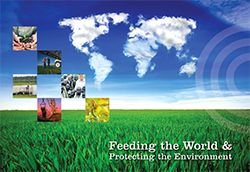
This supplemental resource was developed to provide content and labs about fertilizer’s role in federal regulations, such as the Clean Water Act. Additionally the supplement provides an overview of sustainability and 4R nutrient stewardship providing a lot of information as well as places for students to keep notes. This free, downloadable PDF can be requested from the Nutrients for Life Foundation.